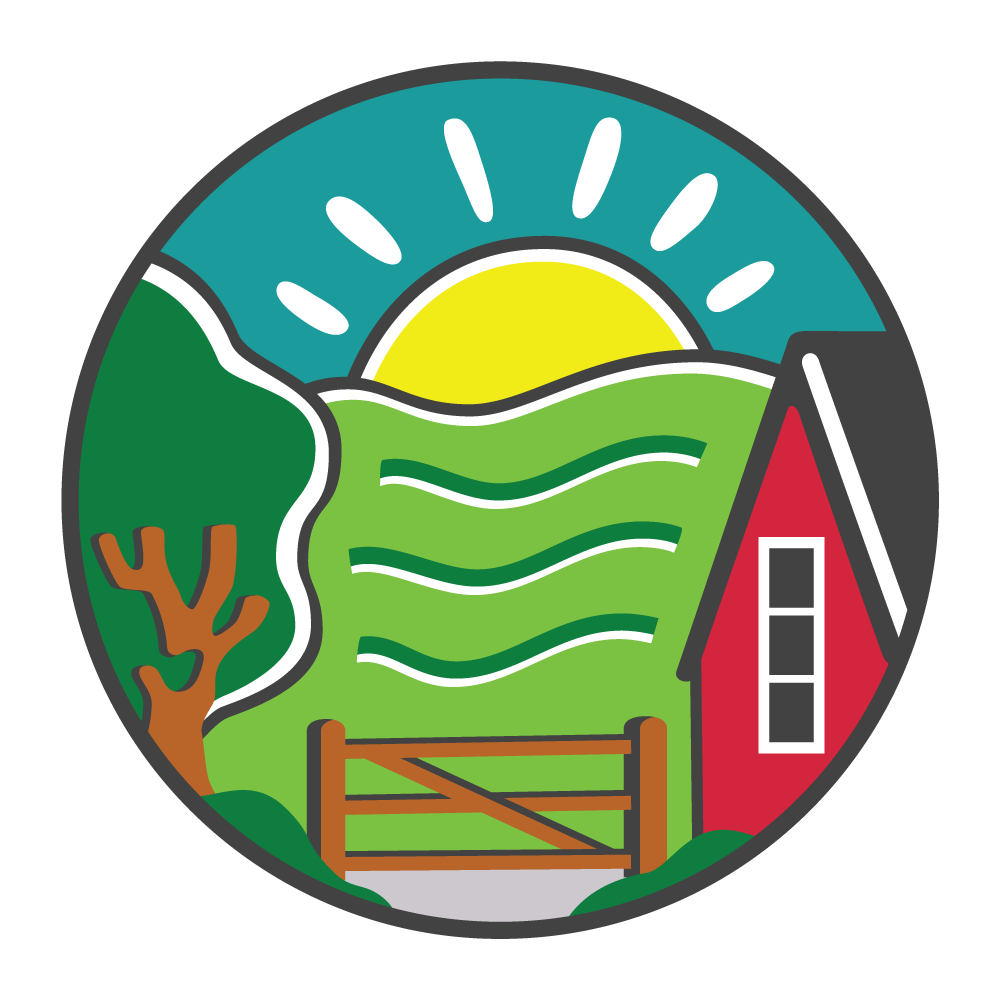Computing
Computing

‘Computing is the language of the future’
Intent
At Redfield Edge Primary School we aim to prepare our children for a rapidly changing world through the use of technology. Our computing curriculum is designed to enable them to use computational thinking and creativity to further understand our world. We aim to use the computing curriculum to make links with mathematics, science, and design and technology. At the core of our computing curriculum is computer science, in which pupils are taught the principles of information and computation, how digital systems work, and how to put this knowledge to use through programming. Building on this knowledge and understanding, we intend for our children to use information technology to create programmes, systems and a range of content. We aim to ensure that pupils become digitally literate – able to use, and express themselves and develop their ideas through, information and communication technology. Children confidently use the internet to explore and research the world around them. Safety when online, whether that is in school or at home, is paramount. Explicit online safety lessons give children the skills to use technology safely and identify and report when content is inappropriate.
Implementation
The National Curriculum (2014) forms the basis of long term planning. We use the Integra Scheme of Learning for medium and short term planning. A range of software including the Microsoft package, Textease, Scratch, Flowol, iMovie and online sources are used to support this teaching. Computing skills are taught both discretely and across the curriculum, supporting other areas of learning across the school. In Reception and Key Stage 1, children are taught to use equipment and software confidently and purposefully, to communicate and handle information and to support their problem solving, recording and expressive skills. In Key Stage 2, our children extend their use of computing that they use for communication, investigation and programming and work to understand how to communicate safely. Our planned curriculum for digital literacy, which includes online safety, is broad in covering a range of topics including understanding current issues.
Technology is also used to support mathematics and other curriculum areas at home through interactive programmes such as the use of Times Table Rockstars, SPAG.com, Numbots and Phonics Play.
Impact
Our curriculum will enable children to be proficient users of technology who are able to work both independently and collaboratively.
Computing hardware and software will be utilised to enhance the learning outcomes of our children, across the curriculum.

